Complete Guide to Dangerous Goods Certificate: Requirements, Process & Compliance
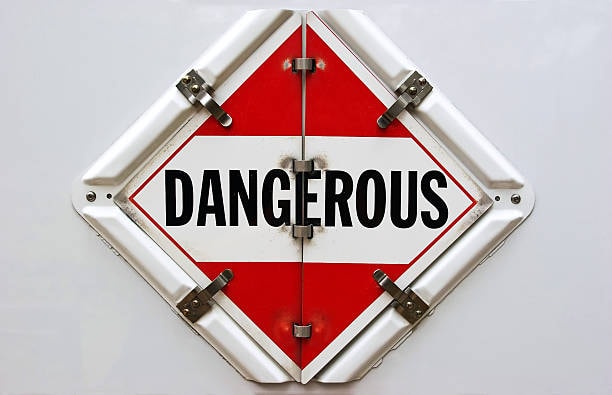
Moving hazardous products across the world’s borders needs certain skills, detailed paperwork and close attention to regulations, including dangerous goods training . Having a dangerous goods certificate makes it possible to transport hazardous goods safely and still meet international guidelines.
Understanding Dangerous Goods Classification
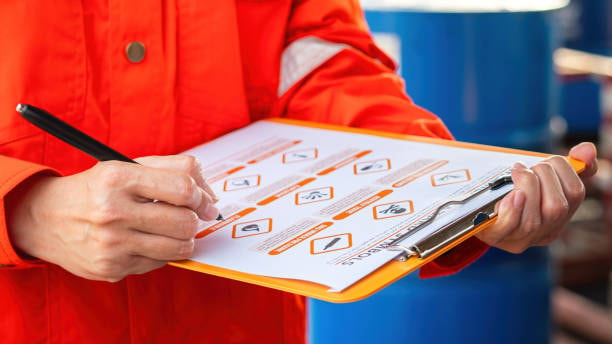
Hazardous materials which are also called dangerous goods, are any substances that could harm health, safety, property or the environment during shipment. IATA and IMO together have made a nine-class system to classify dangerous goods, creating a comprehensive list of dangerous goods .
Fireworks and ammunition are found in Class 1 of hazardous materials. Class 2 includes a section dedicated to gases and this includes those that are compressed or toxic. Flammable liquids such as paints and solvents are included in transport class 3. Class 4 deals with solids and substances that burn and emit flammable gases. Class 5 has oxidizing substances and organic peroxides as members. This class discusses toxic and infectious substances. Class 7 is the one that covers radioactive materials. Members of Class 8 are corrosive items, while stuff in Class 9 include different types of risky products.
The importance of this classification system is seen in ensuring you get the correct dangerous goods certificate and handle the goods properly while shipping.
IATA Dangerous Goods Regulations Overview
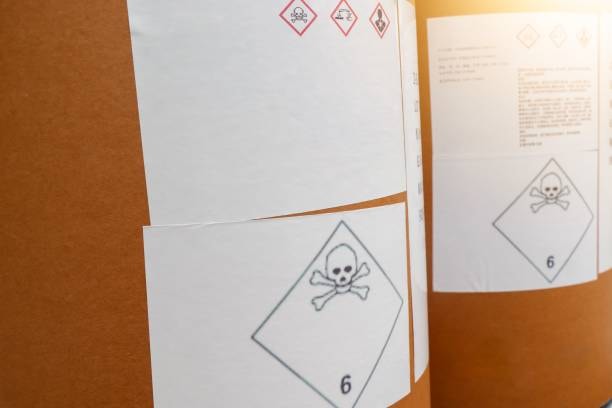
Dangerous goods are transported by air using the IATA Dangerous Goods Regulations as the world’s standard. The same is done every year to keep up with new global standards and science for handling hazardous materials.
The DGR includes information on all tasks needed for danger goods travel by air such as classification, identification, packaging, marking, labeling, documentation, procedures for acceptance and loading requirements. Those responsible for handling dangerous goods such as shippers, freight forwarders, airline teams and ground handling agents, must comply with the regulations, which include initial and recurrent training .
Training for the IATA DGR includes many details and is geared toward specific duties. Initially, team members must go through suitable training, and training is required every two years to keep their certification. All IATA airlines are required to obey IATA DGR and more carriers worldwide are adopting this rule service.
IMDG Code Requirements for Maritime Transport
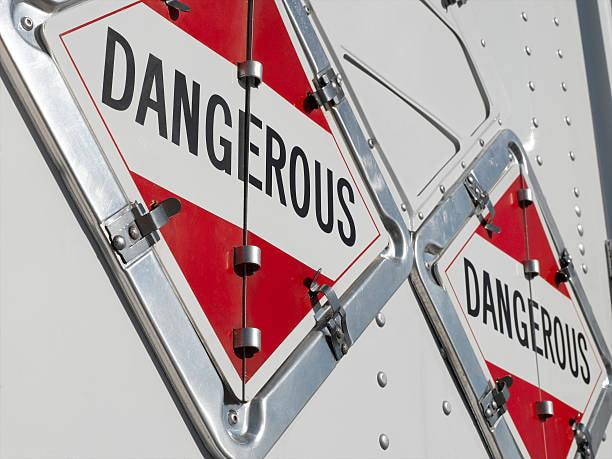
The safe movement of hazardous goods by sea is supported mainly by the International Maritime Dangerous Goods Code. It gives explicit rules on how to manage, store, arrange and handle hazardous goods aboard ships.
The IMDG Code mentions specific rules for maritime transports that deal with unique problems in Seeschifffahrt such as long journeys, contact with saltwater and changes in temperature. It is important to keep dangerous goods in the proper place, using segregation tables to show the minimum distance to keep between harmful materials.
It is important to present the dangerous goods declaration, the container packing certificate and several other shipping documents. Those working on vessels are required to take both general and specific training which involves IMDG Code rules and learning emergency procedures.
Ground Transport Certification Requirements
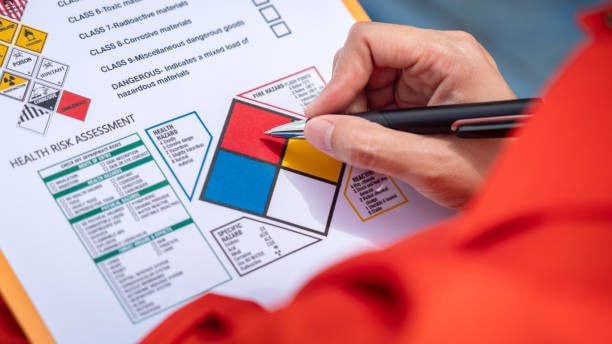
Unlike air and sea transport, hazardous goods transport by ground has different problems and rules. The main regulations in this area are the European Agreement concerning the Road Transport of Dangerous Goods (ADR) and the Hazardous Materials Regulations of the Department of Transportation from the US.
In Europe, drivers and those working in road transport of dangerous goods need to have an ADR certificate. In training, you cover what types of vehicles are used, how to load them, how to act in emergencies and what the driver’s role is. There are many regulations concerning a vehicle’s structural materials, its electrical work and the equipment it should have for emergencies.
If you are a driver, you need extra licensing, background checks and have to take part in ongoing training sessions. In addition to the usual rules, rail transport requires correct car setup and works together with railroad employees.
Types of Dangerous Goods Certificates
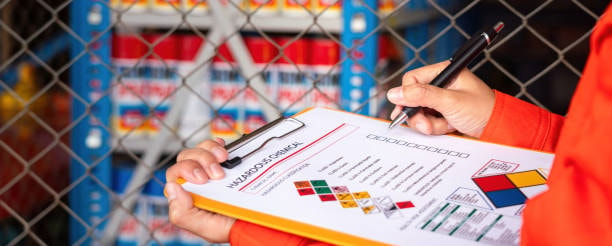
Dangerous goods certificates come in various forms depending on the way goods are transported, the kind of goods involved and who holds the certificate in the process of supply. Every dangerous goods certification course is made for a particular role and has its own training standards.
The IATA recognizes the Dangerous Goods Certificate widely for aircraft and it is offered as Category 6 frequently, Category 9 for those who handle risky goods and Category 10 for those doing packaging. The IMDG Code Certificate is proof that the person is competent in handling dangerous goods being shipped by sea.
Drivers need the ADR Certificate for road transport in Europe as well as national certifications for more countries. Handling dangerous goods in multiple transportations calls for a detailed training program which is what the multimodal dangerous goods certificate ensures.
Application Process and Documentation
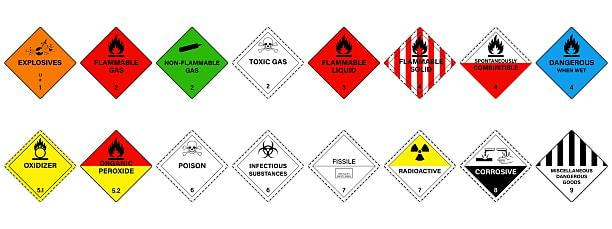
Getting a dangerous goods certificate needs you to be prepared, have the necessary documents and complete required training courses. Depending on the training requirements, what type of certificate you want and who governs it, the process to apply can change.
Before anything else, you should know which type of certification is best for your job and the types of vehicles handled. Next, applicants choose from the list of accredited providers that provide courses that meet the required rules. They can be short single-day sessions or extended week- or month-long classes.
To complete documentation, you usually need to show your ID, a record of your work history, school certificates and an employment verification letter. In most cases, applicants must complete written exams about regulations, how to classify chemicals and ways to handle chemical emergencies. The wait for certifications and the fees for applying should both be remembered when you start the application process.
Training Programs and Educational Requirements
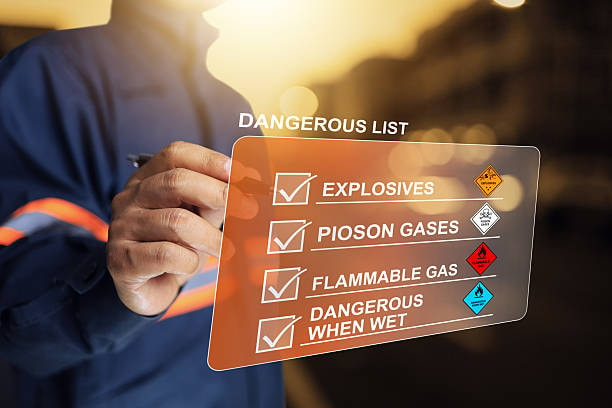
Dangerous goods certification depends on adequate training so that staff can understand regulations well, see risks and offer the right solutions when needed. They are set up to satisfy particular requirements set by the law and to give skill-based education for use on the job.
The beginning of training is focused on learning how to identify dangerous goods and basic ways to protect yourself. Training in different functions covers what is needed for each role as shippers study how to classify and package their goods and acceptance staff study how to verify them.
Practical activities let students work with packaging, labeling, documents and how to move goods. Training needs to be done every two years to keep your certificate, as it teaches about new laws and reminds you of important safety concepts. People dealing with dangerous goods such as radioactive materials or lithium batteries might need specialized training.
Certification Maintenance and Renewal
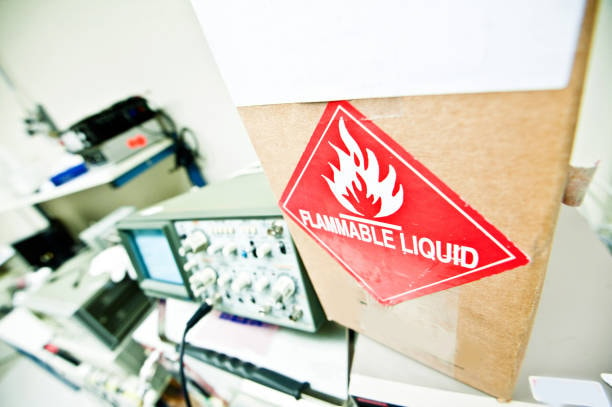
To keep dangerous goods certification, you must keep up with new industry developments and rules. It is necessary to take recurrent training every two years that covers updates in the rules, any classification adjustments and what we’ve learned from incidents.
Being involved in continuing education supports certification holders to learn about and adopt latest trends in the industry. There are certifications where working with dangerous goods, however experience is required to keep the certification. When rules or standards change, this can result in learning more and getting new certification job function.
Renewing a certification calls for submitting the renewal application, showing records of completed courses and paying the required fees. It is crucial to keep records, since training accomplishment and work experience can be checked at any time by either authorities or employers.
Common Compliance Challenges and Solutions

Safety and regulatory compliance can be seriously challenged by the many challenges organizations have to comply with. From time to time, shippers may incorrectly pick hazard classes or shipping names which is another common challenge. The solutions are training for everyone, a database to identify classes and policies for monitoring quality dangerous goods course.
Lack of compliance in packaging means the goods are not packed properly and this can harm transport safety. Examples of prevention are teaching workers about packaging, following a list of approved suppliers and carrying out regular quality inspections. Neglecting documentation can result in losing time and not following rules which can be avoided by implementing standard steps and automating the process.
Labeling and marking flaws in materials may result in their improper treatment and increased risk of accidents passenger or cargo aircraft. To prevent accidents, employees need to learn the requirements, be given proper materials and be inspected regularly. Unprepared employees are the result of training gaps which can be fixed by offering suitable programs and regular learning opportunities ship hazardous materials.
Industry-Specific Applications

Every industry dealing with dangerous goods has its own set of requirements and problems. The car industry delivers batteries, airbag parts and chemicals, so workers in this industry need careful training for transporting lithium batteries 24 months. The pharmaceutical industry works with living organisms and harmful bacteria, so it needs specialized instructions on biological materials.
Dangerous chemicals are generated in huge amounts by the chemical industry which means their products fall into every class and require special plans for handling, packaging and emergency situations. The electronics industry encounters difficulties when moving lithium batteries because the requirements are always changing course covers.
There are exact standards in aerospace that affect work for both defense and business, where teams often handle various important and closely secured products proper shipping name.
Cost Considerations and ROI Analysis
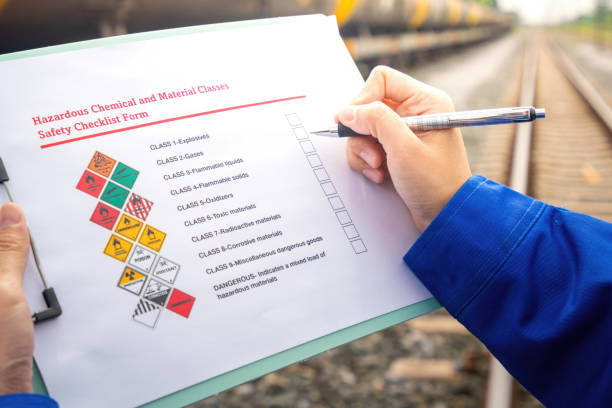
Carrying out dangerous goods certification programs calls for major commitments in training, personnel and technology. Yet, return on investment can be high since non-compliance, safety risks and interruptions in operations are very costly.
The cost of training covers the initial test, regular continued education and the cost of going to them. Setting up a compliance system includes tracking systems, organizing documents related to products and overseeing inventory of packages. Some non-compliance costs are severe, for example, you might have to pay fees, deal with shipping problems and manage legal risk course provides.
Boosting operations enables savings to be realized all the time through lower inconvenience for truck drivers, friendlier carrier deals and hassle-free processes. Main benefits of risk mitigation are decreased liability, higher safety standards and reputational protection, all offering much value to dangerous goods transport organizations.
Technology Integration and Digital Solutions
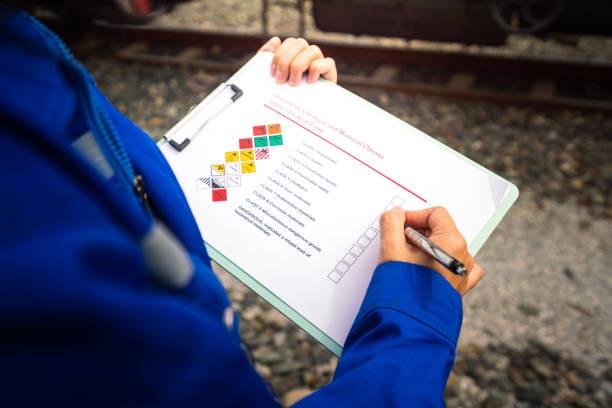
Nowadays, technology is used more often in dangerous goods management to ensure better accuracy, higher efficiency and greater compliance 49 cfr. They allow shippers to accurately find the right shipping names and the rules for different goods, while also connecting to the company’s main systems to automate their tasks iata training.
Automated systems produce compliant documentation and shipping papers which helps reduce mistakes proper shipping. They monitor when certificates are reached, when training should happen and maintain all the necessary papers to stay in compliance. Field workers can get important regulations and emergency steps from mobile applications training course.
Blockchain is being considered a solution to ensure there are accurate and tamper-proof records of shipments, certifications and compliance, adding more security and traceability to the movement of dangerous goods online training.
Future Trends and Regulatory Changes
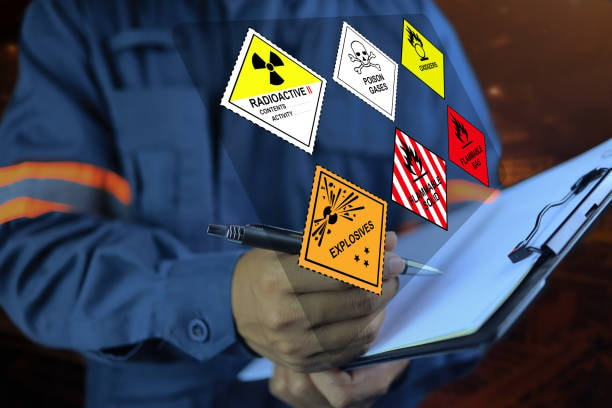
Due to advances in technology and experience gained from past mistakes, the regulations for hazardous goods keep changing. Because of rising use of lithium batteries and the development of new technologies, their regulations are frequently updated, most recently focusing on testing and how they should be packaged iata dangerous goods training.
Rules and regulations related to the environment are becoming more important which results in new guidelines for both packaging and its effects on the environment dangerous goods by air. E-documents and e-signatures are gaining acceptance by authorities which is making the digitalization process faster air transport.
International efforts try to align transport regulation so that it is consistent in various countries and different ways of transport. The need for security keeps changing as a result of global issues, causing more review and check expectations for people handling dangerous goods.
Schlussfolgerung
Securing dangerous goods certification is very important for international trade and transportation companies since it guarantees safety, follows the rules and helps achieve high performance. Because the rules are detailed, it is necessary for drivers to receive shipping training, keep learning and use proper organization to move dangerous goods safely and within the law online dangerous goods training. Companies that implement complete certification solutions are more likely to deal with risks, prevent noncompliance and remain at the top in the global market.


Thank you for reading!
Have questions, corrections, or better ideas? We’d love to hear from you!
We value every piece of feedback and promise to reply within 24 hours. Let's make this guide better together!
Note: Spam comments will not be published.